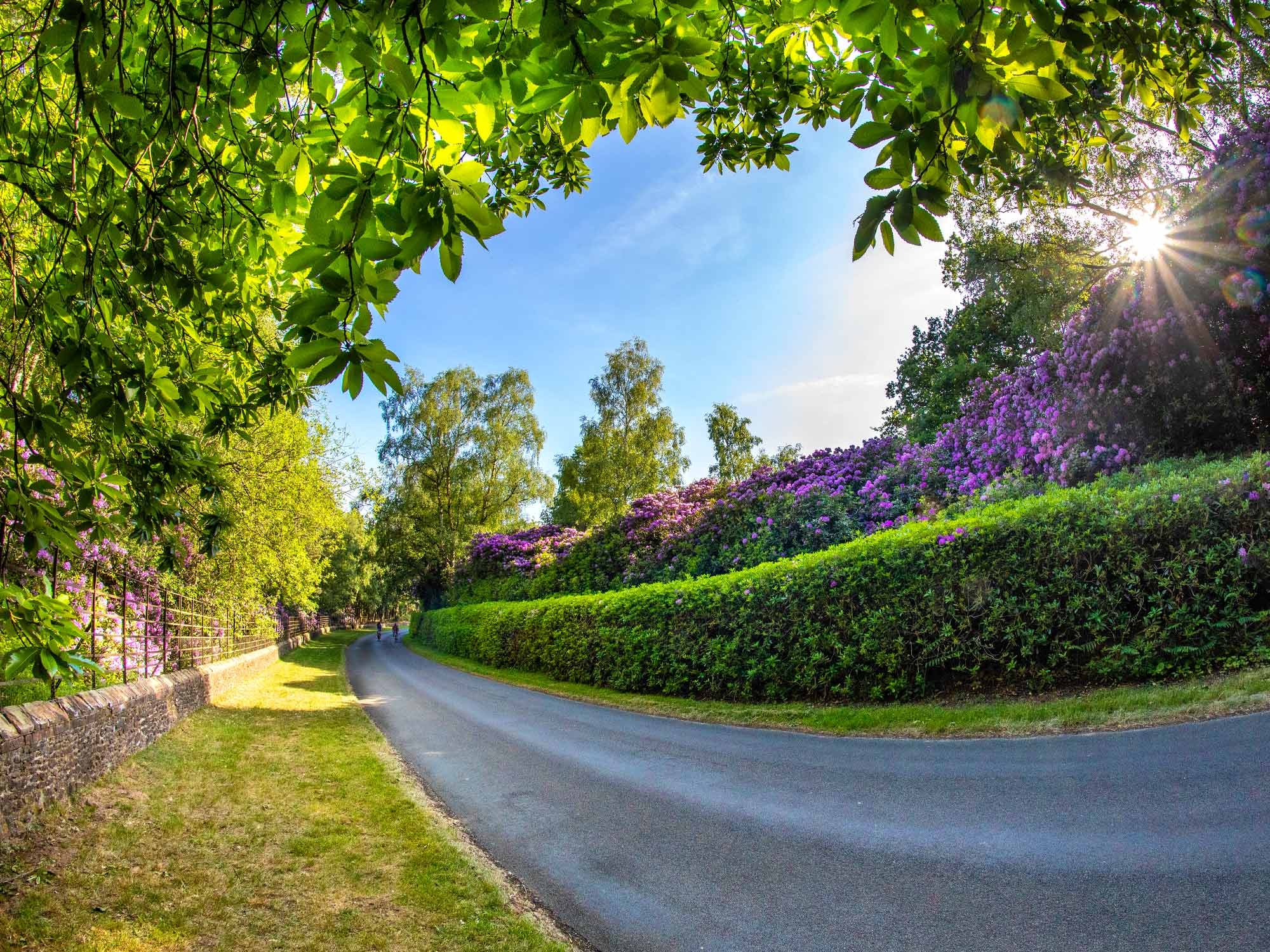
A riot of colour and a feast of royal beauty
It’s that time of year when the Sandringham estate is arguably at its most attractive, with thousands of rhododendrons in full bloom and the formal gardens looking at their very best
Take a walk along any of the country lanes and roads close to Sandringham House at this time of year (especially those to the west of the estate) and you’ll see a vibrant and seemingly-endless expanse of rhododendrons in full and glorious bloom.
It’s an extraordinary sight of a plant that has over 1,000 different species, is the national flower of Nepal, the state flower of West Virginia and the provincial flower of Jiangxi in China.
Although the first rhododendrons (the ‘alpenrose’) arrived in Britain during the 16th century thanks to people fleeing religious persecution in Europe the ones in this wonderful corner of west Norfolk are a later introduction - and it’s surprising to learn the plants are often considered a pest because of their dense and smothering undergrowth.
Although this natural display is stunning enough, by far the most impressive rhododendrons on the estate are within Sandringham Park - which now covers around 600 acres.
Enjoyed by the royal family and their guests when in residence, the more formal gardens - which themselves cover 60 acres - are open until October (see below for details) and have been have been developed by every British monarch since King Edward VII and Queen Alexandra purchased the estate in 1862.



The lavishly-planted shrubbery with its shady woodland walk was introduced by Queen Elizabeth II in the late 1960s when an important collection of rhododendron, camellia and magnolia trees were brought to Norfolk from Windsor and planted to create more interest, shelter and privacy in the garden.
Most of them have matured in the last 40 years, and alongside a wide range of rare and unusual trees under-planted with shade-loving species, they provide a spectacular display for thousands of visitors who enjoy the shape, colour and texture of leaves, stems and bark - and follow them through the seasons.
Although the enclosed areas of the garden (created by Geoffrey Jellicoe in 1947 for King George VI) are referred to as ‘formal’ they’re actually planted in a relaxed cottage style and are usually at their best in late July - when they act as a haven for bees and butterflies.
The west side of Sandringham House itself overlooks a large expanse of lawn which was once the site of an elaborate series of colourful flower beds and pathways, but they were ploughed up during the Second World War to make way for crops as part of the ‘Dig for Victory’ campaign.
There’s also plenty of history to discover here - from an oak tree planted by Queen Victoria and a giant redwood planted by Princess Christian of Denmark to the ornamental lakes landscaped for King Edward VIII by the famous company James Pulham & Son. Fed by natural springs and planted with moisture-loving plants, this area of the garden is managed in a more naturalistic style to encourage a wide range of wildlife. And standing beside the upper lake is the garden’s oldest tree - a veteran oak that’s believed to be over 800 years old.
The expanse of rhododendrons on (and surrounding) the Sandringham estate may be the most well-known and recognisable plants in the area, but they’re really only the start of a remarkable and nationally-important horticultural heritage.
The gardens at Sandringham are currently expected to be open to visitors until October (apart from 6th-11th May) on a pre-booked ticket basis. For the latest information and ticket availability please visit the website at www.sandringhamestate.co.uk

